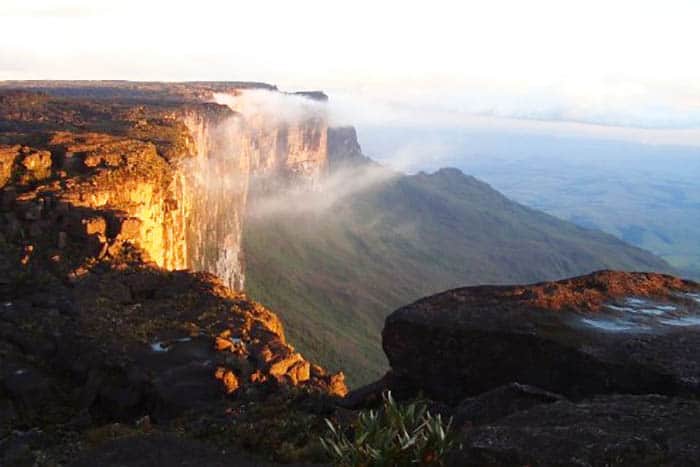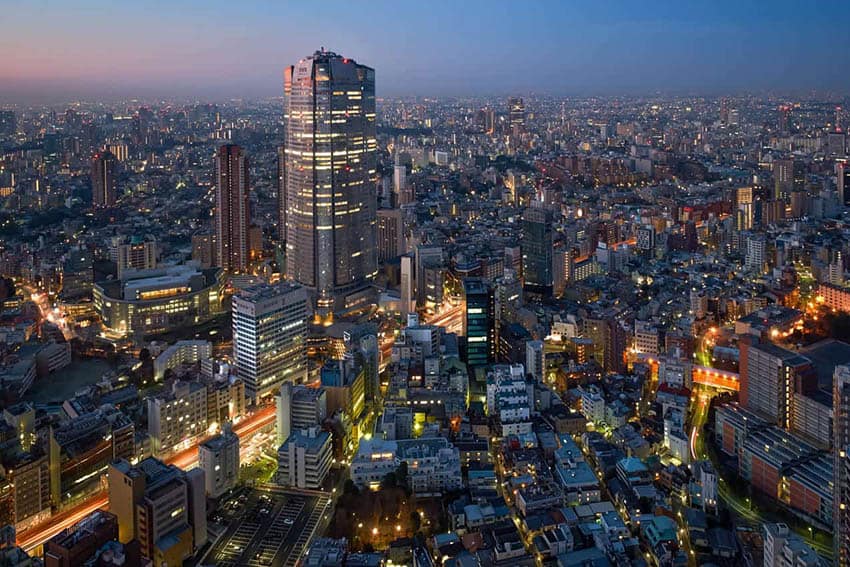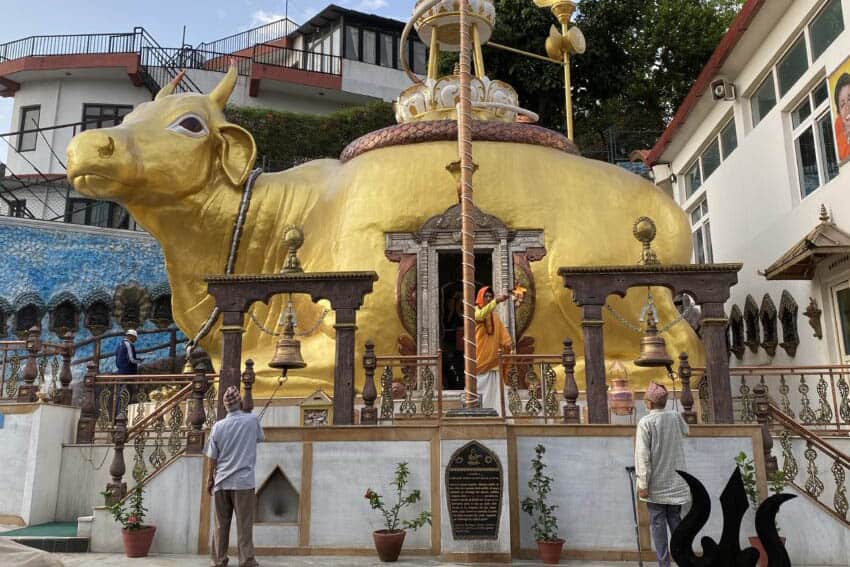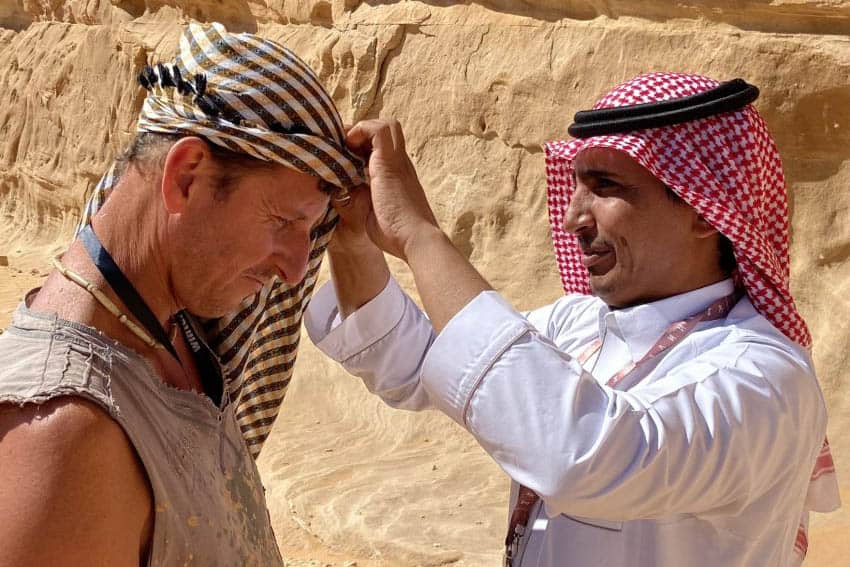
Roraima: Venezuela’s Lost World
by David Joshua Jennings
“It’s Spooky Up There”
“I won’t lie – it’s pretty spooky up there,” says Roberto Marrero, owner of Mystic Tours of Santa Elena.
He is giving us a two-hour briefing in preparation us for the six day trek to the summit of Mount Roraima, the famous two-![]() billion-year-old flat-top mountain in the southeast corner of Venezuela, inspiration for Arthur Conan Doyle’s 1912 sci-fi novel The Lost World, about a mysterious otherworldly plateau crawling with dinosaurs and ape men.
billion-year-old flat-top mountain in the southeast corner of Venezuela, inspiration for Arthur Conan Doyle’s 1912 sci-fi novel The Lost World, about a mysterious otherworldly plateau crawling with dinosaurs and ape men.
After covering all the various dangers we may encounter, from poisonous snakes to drowning, Roberto unfurls a world map across his desk. On it miniature depictions of ancient ruins and “high-energy zones,” such as Stonehenge, Machu Picchu, and the Bermuda triangle, are penciled in at their respective locations.
Roberto has drawn lines linking these locations, forming a sort of asterisk where all lines intersect at the triple border of Guyana, Venezuela and Brazil, which he pokes with his finger.
“Roraima,” he says. “If you link all the high-energy zones around the planet they will all point directly to Roraima. Like I said – spooky.”
He reclines back and allows his revelation sink in. His selection of “high-energy zones” seems somewhat arbitrary, and perhaps different locations could have been pointed to depending on how one drew the lines, but I remain quiet.
“Roraima is also known for its incredibly high frequency of UFO sightings,” Roberto continues. “Both atop and around Roraima, they’re reported all the time. I personally have experienced a number of them.”
At this point the walls around Roberto’s office, which are papered over with clippings from paranormal magazines, make sense. Roberto tells us stories of the unexplainable twirling lights spotted by tourists on numerous occasions, hovering above or between the two mountains.

Some tourists, apparently, have woken in the middle of the night to discover spotlights shining down through their tents.
“It’s another world up there,” says Roberto. “And strange things happen. The sky is brilliantly clear and one can easily spot satellites, but when the satellites zigzag, those aren’t satellites.
“And when two satellites are moving towards one another in opposite directions, and then one stops and follows the other, those aren’t satellites.”
Roberto also warns us that tourists are known to go crazy up there. Possessed by the mesmerizing euphoria of the summit, they go leaping about the rocks, believing they are Batman, and hurt themselves.
Single women in particular, he says, often feel intensely promiscuous and have been known to summon porters into their tents during the night.
As Roberto is talking I suspect he has become lost in his imagination. Perhaps nostalgia for his past excursions has swept him into a world of romance and fantasy. His body, now well over three-hundred pounds, will no longer deliver him to the top, so perhaps he gets his kicks by sitting here in his office, dreaming and drawing maps of “high-energy zones,” haunting people with his nonsense.

I turn out to be wrong. I came for a mild, week-long trek through the beautiful and exotic scenery of Venezuela’s Gran Sabana, but I end up getting much more than I bargained for.
The Trek Begins
Our guide, Roger, is a thick, round Pemon native with a tanned, rugged face and shaggy black hair that falls over his eyes like a poodle’s. My tour group consists of a middle-aged German couple, two young couples of mix-matched nationalities (ah, the romance of the road), and me.
The trailhead begins near the village of Paraitepui, in the Grand Sabana not far from the Brazilian border. Before we head off, Roger stuffs my bag with seven kilos of food and a large, two-man tent which, with the rest of my gear, makes a considerable load to carry, especially uphill.
It’s possible to hire a porter (they lounge around near the trailhead, waiting for you) but I have been traveling for seven months now and am broke. I do, however, pay Roger to cook my meals, as I imagine I will be quite pooped at the end of the day.

The Germans go for the complete package, including the convenience of a porter, Elio, transporting their excrement, which must be collected in little plastic baggies and disposed of after completion of the trek. To preserve some sense of dignity, Elio refers to this practice as “collecting the chocolate.”
We get going and shortly need a rest, during which Roger falls asleep. Roger falls asleep every time we stop. The poor guy is obviously exhausted. He returned from this same trek yesterday and has done this over 300 times, first as a porter, now as a guide.
On his first expedition he went barefoot, following his father, also a porter, just to see what it was like up top. Since that first trek he has gone up basically every other week.
Introduction to the Mountains
Few had ever seen Roraima and its neighboring ‘tepuis’ (flattop mountain), Kukenaam, until an explosion of interest in the 1880’s, when they became know as the ‘mystery mountains.’
Sir Walter Raleigh is accredited as the first white man to see them in 1595, when he described Roraima as a “mountain of crystal.”
For many years Roraima was deemed inaccessible on account of the 500m tall cliffs surrounding every side. In 1884, however, the English botanist Everard Im Thurn successfully climbed it on an expedition sponsored by the Royal Geographical Society. It was his colorful descriptions that supposedly inspired Arthur Conan Doyle.
- The Wild Mississippi: 2340 Miles Across Ten States - April 8, 2024
- Exploring the Floating Villages of Tonle’ Sap Lake - April 3, 2024
- Woman Traveling Solo on Turkish Buses - March 27, 2024






Where is the rest of the story – it’s just starting….
https://www.gonomad.com/2099-roraima-venezuelas-lost-world-page-2
Same thing happened to me. Had to search “Roraima” on their search section. A next page link would’ve been helpful, right? hehe